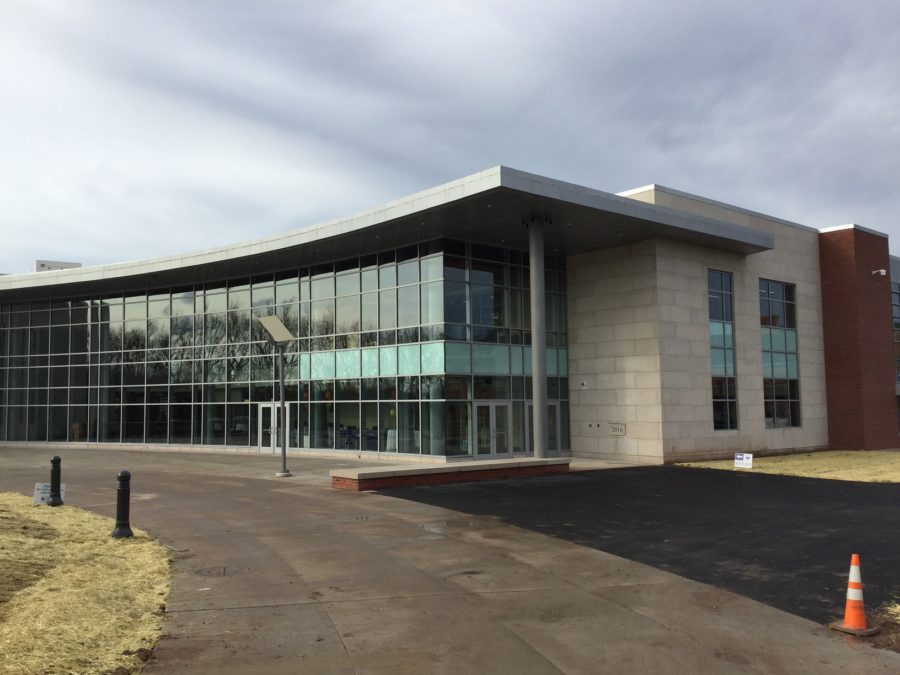Women face myriad challenges
and barriers in pursuing careers in
science, technology, engineering,
and math, or STEM.
According to the 2009 census,
women comprise 48 percent of
the US workforce, yet only occupy
24 percent of jobs in fields like
science and math. These numbers
have remained consistent, even
as women’s share of the college
educated workforce has increased.
To put some of these numbers
in perspective, engineering makes
up the second largest STEM
occupation, but only about one in
seven of these jobs are occupied
by women. In fact, according
to the Department of Labor, no
STEM occupation even cracked
the list of the 25 most common
occupations for employed women
in 2014.
So what is the cause of this
apparent underrepresentation?
Is it a pipeline issue; an issue of
desire and motivation, or one of
stereotypes and bias?
There are arguments, some
more valid than others, for both
sides, but the numbers seem to
suggest the latter. According to
a study conducted by Catalyst,
women accounted for nearly
60 percent of PhD’s in health
professions and related programs,
and 53 percent in biological and
biomedical sciences. And, in
2015, women actually accounted
for almost 55 percent of all
medical scientists in the US, but
only a quarter of other STEM
occupations.
If the pipeline of prepared, professional,
young talent isn’t the
source of the problem, then there
must be some external factors at
play.
In a 2015 study, the Harvard
Business Review outlined patterns
identified in the workplace by
social psychologists as biases
pushing women out of STEM
occupations.
After surveying nearly 600
female scientists, they found that
two-thirds reported having their
successes discounted and expertise
questioned, and more than a
third of surveyors reported feeling
pressure to play a traditionally
feminine role.
But, of course, situations certainly
vary from case to case.
A recent PhD graduate, who
preferred to remain nameless for
this story, told the Centurion that
“In my eight positions, seven or
eight involved my reporting to
males, I think the average age of
which was probably in their late
50s at the time, half of whom took
avuncular interest in my career as
a reflection of theirs.”
“The only time I’ve ever
worried about being feminine or
not as a scientist,” she continued,
“was early on in this job in terms
of figuring out how to be dominant
around strangers.”
Another study from the National
Bureau of Economic Research
actually found that teacher bias
early in a girls’ education can
have a significant effect on her
later success in STEM subjects.
They observed a teacher
bias against girls in a particular
math class translate to a decline
relative to boys as they got older.
Boys ended up scoring higher on
national math exams than girls,
although girls still outperformed
boys in other subjects in all grade
levels.
However, there are a multitude
of programs and scholarships
available that can help provide
girls with the connections and
opportunities to thrive. “I’ve
been helped out along the way,”
said the recent graduate, “I got
a diversity scholarship when I
started grad school, as they recognized
pipeline leakage and had
a program to try to help that out,
and I tried to pay it forward by
doing mentoring sorts of things as
a postdoc and professional now.”
Paying it forward might be the
single most impactful thing that
we can do to help close the gender
gap.
In January, Bucks opened a new
$17.5 million science center on
their Newtown campus that highlighted
their commitment to the
promotion of STEM subjects and
careers. The new 43,000-square
foot facility features 10 labs and
four student collaboration spaces.
More than 400 STEM courses
are now available at the Main,
Upper Bucks, Lower Bucks, and
virtual campuses.


